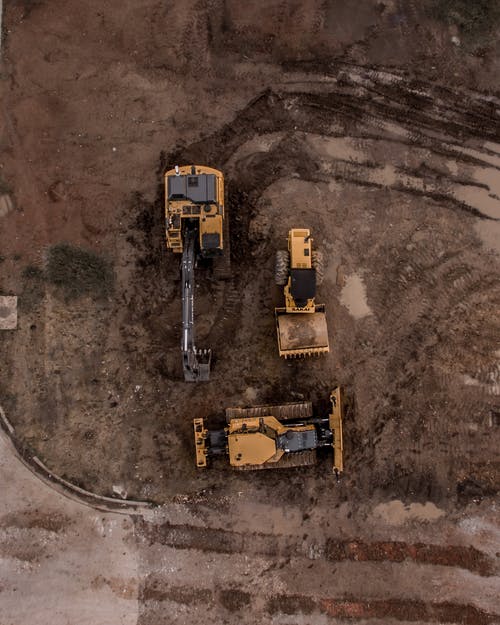What does a Roller Operator Need to Know?
.

The roller is a key piece of equipment when it comes to site levelling. Their heavy load and cylindrical wheels aid in compacting the material underneath them so that the site can be further developed. A roller is used in the majority of civil construction and is vital to the development of projects such as roads that require the surface to be completely flat before it is further developed. Since the roller is a vital component to civil construction, a license is often required for any operator who wishes to learn the trade of the roller. This is called a ticket and is a nationally recognized statement of competency in operating the roller. For more information about nationally recognized courses from a credible establishment please visit Roller ticket .

What needs to be taught to an aspiring roller operator with hands on experience?
Understanding roller types and characteristics – There are many types of rollers that are used for different tasks. These types include but are not limited to cylindrical rollers, grid rollers, pneumatic rollers, sheepsfoot rollers, smooth-wheeled or static rollers (which include single drum or double drum) as well as vibratory rollers. Every type of roller accomplishes a similar task but often goes about it in a different way, which requires the roller operator to know exactly what (s)he is doing, in order to not make a mistake on the job.
Understanding the most common types of soils – No two construction sites are quite the same in their soil composition and it is often up the roller operator to exercise his/her best judgement and offer recommendations to his or her supervisors. The different soil types will often have wildly different properties including texture, structure, porosity, color, and chemical makeup (this can be important when setting concrete and any material that can naturally react with the soil. The soil type also determines what kind of roller needs to be used and its suitability for building any particular type of structure.
Interpret Drawings and schematics – Construction will always take place according to several visual schematics designed by engineers, and as a roller operator it is vital to be able to interpret these drawings as a guide to how the earth is meant to be compacted. A roller operator that does not have the required ability to interpret these drawings will undoubtably end up costing the construction time and money in order to get the job done.

The job of a roller operator is not necessarily an easy one and can involve sitting for long periods of time as they operate the roller and flatten the earth over long distances. It can involve needing to work long periods of time in job conditions such as heat, sand strong winds etc. And it can also involve working in sites with hot objects, vapors, grease, and loud noises. But it is ultimately a skill and role that is vital to the development of a site, and this will be so for many years to come.